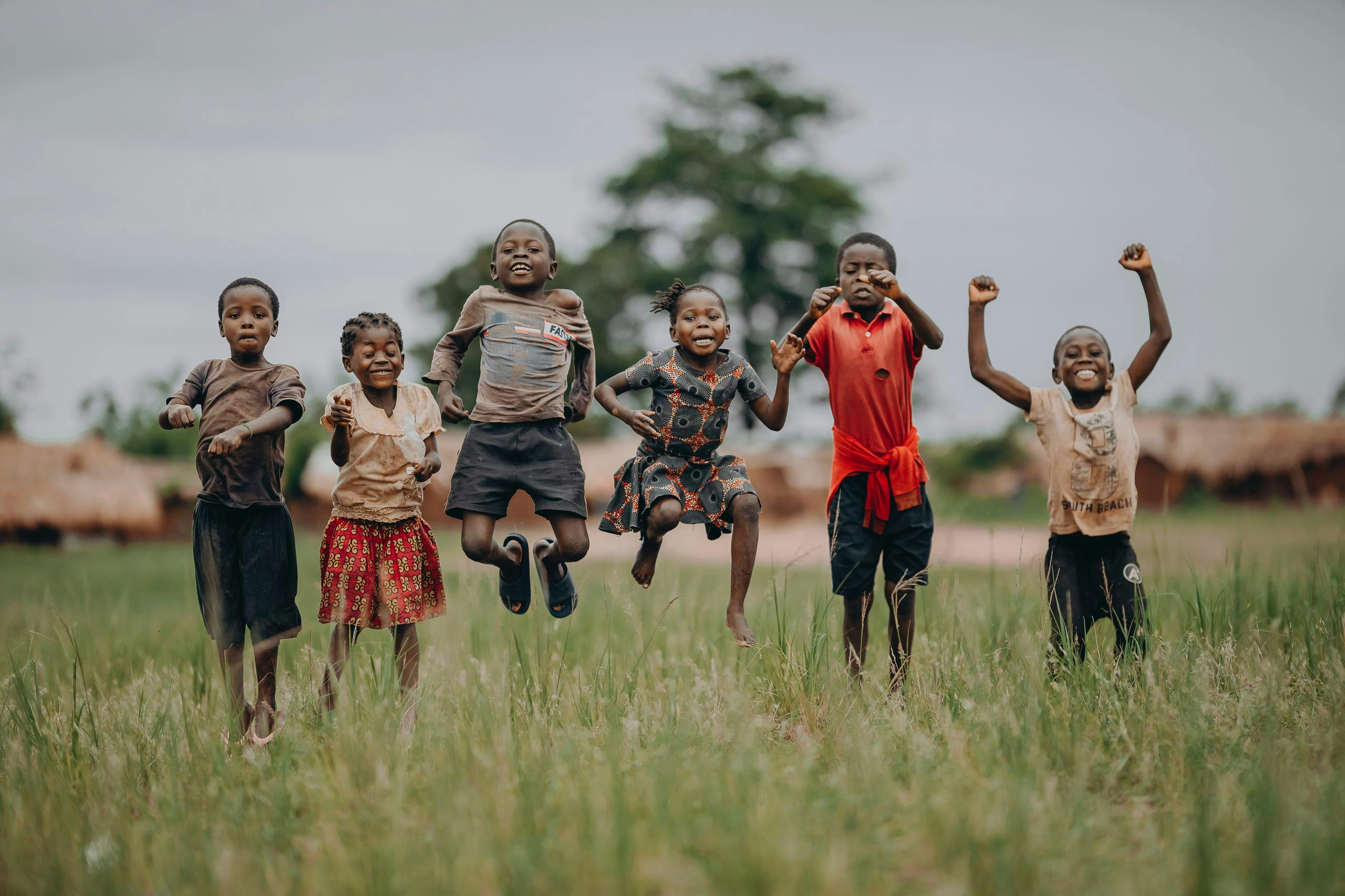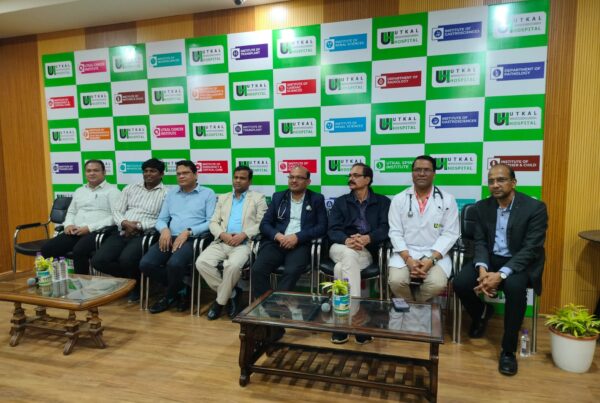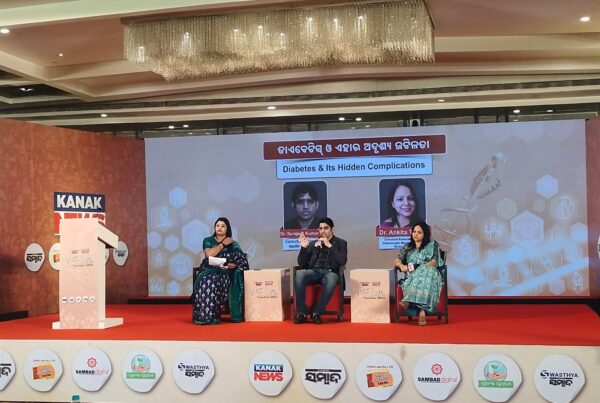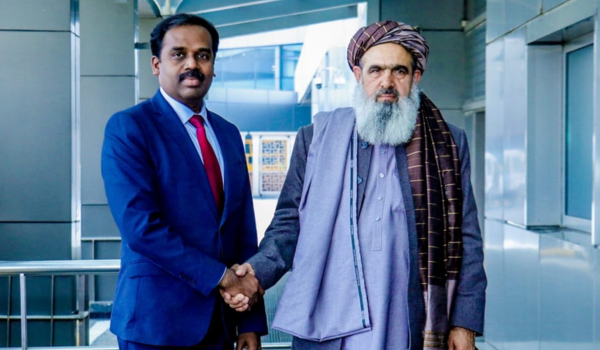A major turning point in the global fight against malaria is underway, as two newly developed vaccines are being rolled out across Africa to protect young children from one of the world’s deadliest diseases. With over 1,000 children dying from malaria every day, most of them under the age of five, the introduction of these vaccines offers a powerful new tool to reduce child mortality.
The first of these vaccines, called RTS,S or Mosquirix, was developed by pharmaceutical company GSK and has been in the works for decades. After pilot programs in Ghana, Kenya, and Malawi showed promising results, the World Health Organization officially recommended its broader use in 2021. While RTS,S is not a perfect solution, it has proven to reduce severe malaria cases by about 30 percent and decrease overall child deaths by 13 percent in areas where it was used. Children need multiple doses and a booster for full protection. To make the vaccine more accessible in low-income countries, GSK and Bharat Biotech have committed to lowering its cost to under five dollars per dose by 2028.
A second, more effective vaccine called R21/Matrix-M is now being introduced as well. Developed by Oxford University and produced at scale by the Serum Institute of India, R21 received WHO approval in late 2023. It has shown around 75 percent effectiveness—well above the WHO’s target threshold—and provides protection lasting at least two years after a booster dose. It’s also cheaper than RTS,S, costing between two and four dollars per dose. The first shipments of R21 began arriving in mid-2024, and demand is already high.
Seventeen African countries have now integrated one or both of these vaccines into their national immunization programs. Ivory Coast was among the first to launch a national R21 vaccination campaign in July 2024, aiming to reach a quarter of a million children under two. Mali has taken a unique approach by combining routine infant vaccinations with seasonal doses just before malaria transmission peaks. Nigeria, which accounts for roughly a quarter of global malaria cases, began vaccine distribution in its hardest-hit regions in late 2024, with plans to expand further.
Despite the enormous potential of these vaccines, the rollout has faced funding challenges. Gavi, the global vaccine alliance, has supported the procurement and distribution of millions of doses but currently faces a \$2.6 billion shortfall. Experts warn that without urgent investment, the world risks missing the opportunity to save hundreds of thousands of lives. Some estimates suggest that a fully funded and accelerated rollout could prevent as many as 800,000 child deaths by 2030.
Health officials emphasize that vaccines are not a silver bullet. They are most effective when combined with existing malaria control methods, such as insecticide-treated bed nets, mosquito control efforts, rapid diagnosis, and access to antimalarial medicines. Still, the availability of safe, effective, and affordable vaccines marks a historic step forward.
For the first time, there is real hope that the burden of malaria on children and families across Africa could be dramatically reduced. If governments, donors, and health organizations act swiftly and decisively, the impact of these vaccines could be one of the most significant public health successes in a generation.




